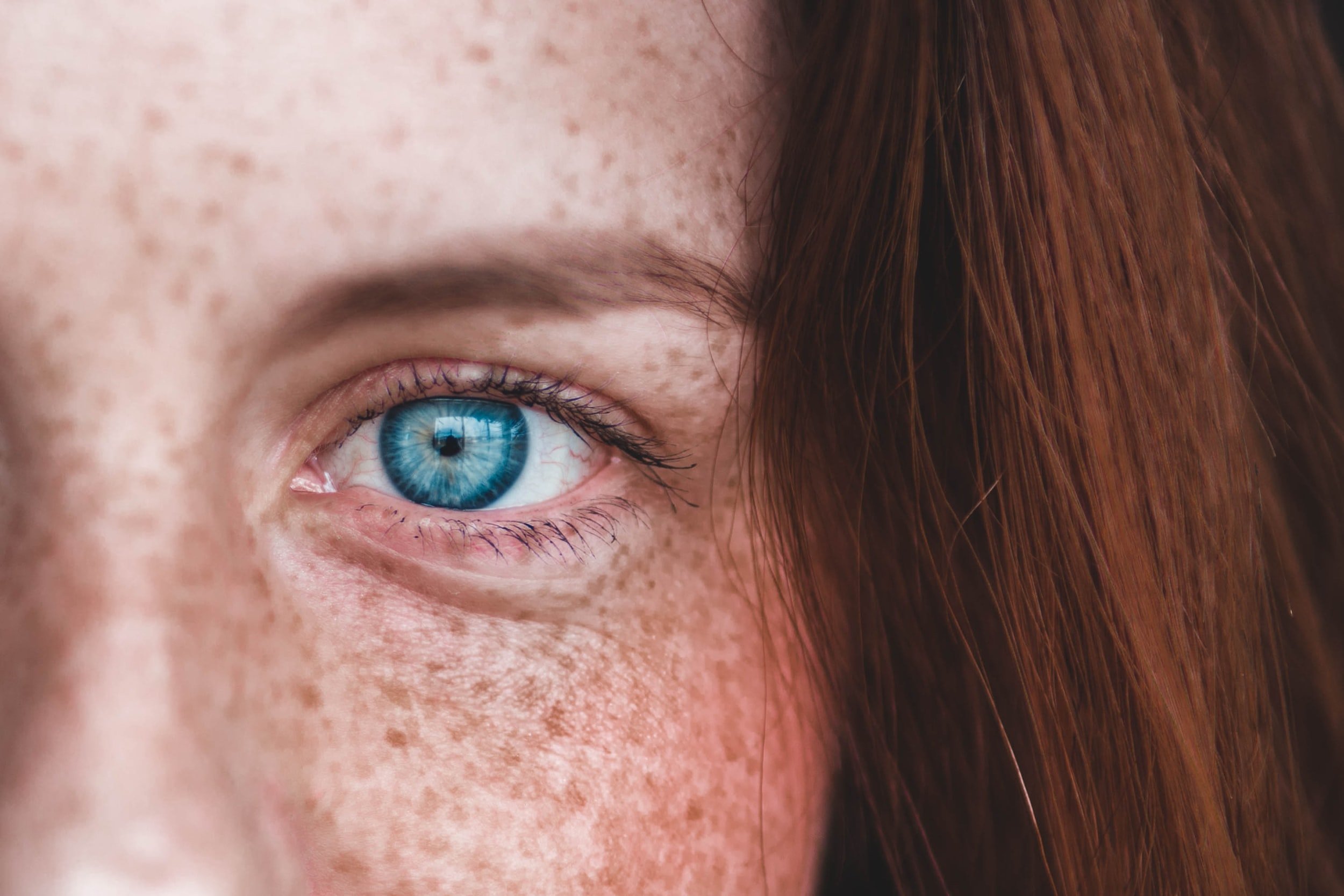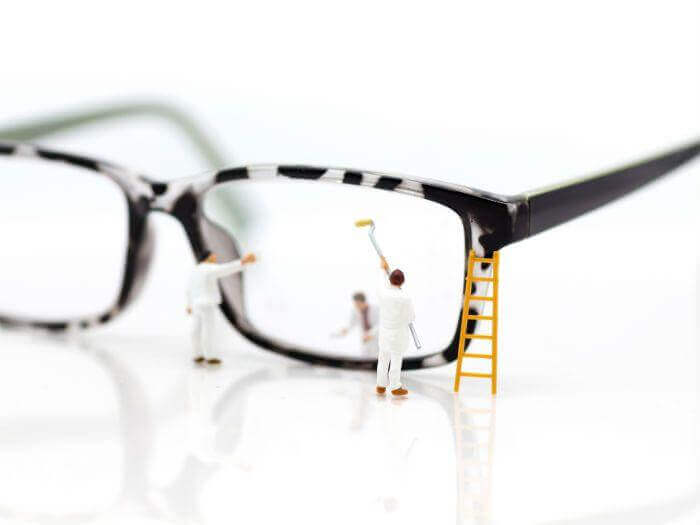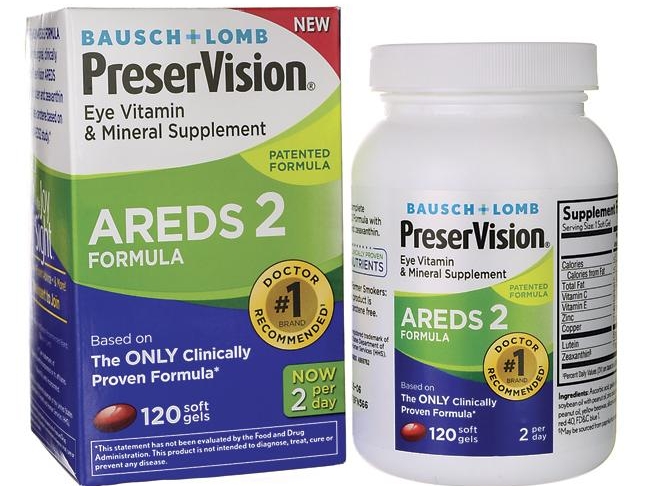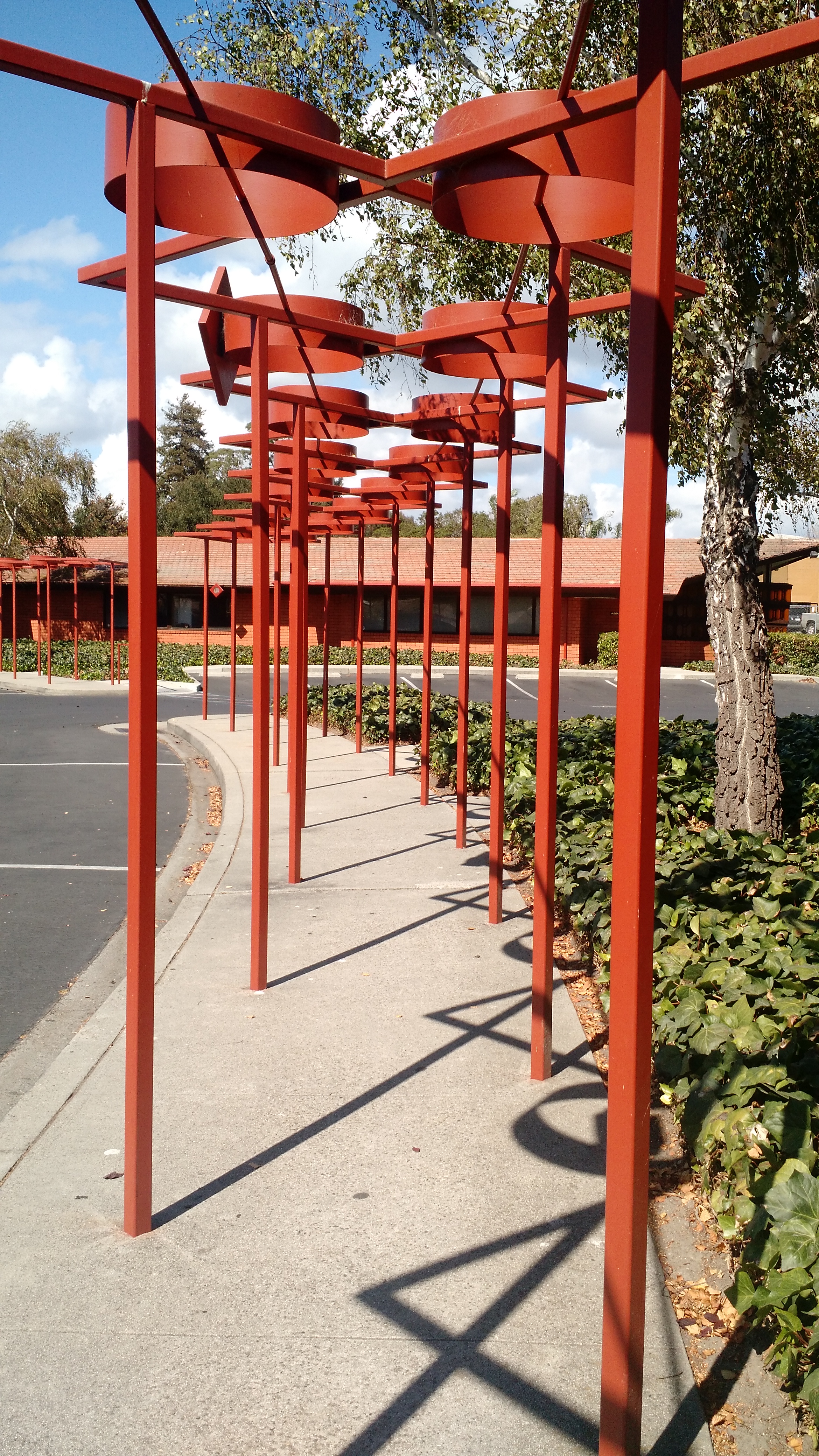Diabetic Eye Care
Diabetic Retinopathy
Did you know that Diabetes can cause vision loss? The most common eye disease among diabetic people is called diabetic retinopathy. This disease mostly occurs when high blood sugar levels in the blood damages the small blood vessels on the retina – the light sensitive tissue at the back of the eye. In the early stages, diabetic retinopathy may not cause any noticable symptoms.
In this post, we’re going to look at a holistic view of diabetic retinopathy, how it develops, how it affects your vision, and how to prevent it.
According to a research done by National Eye Institute, diabetic retinopathy is one of the most common complications that come with diabetes.
The condition can affect anyone who has type 1 or type 2 diabetes. You’re more likely to develop diabetic retinopathy if you don’t consistently control your sugar levels.
Symptoms of Diabetic Retinopathy
As mentioned above, diabetics do not show symptoms in the early stages. These are some of the signs that show up as the condition matures.
Blurred vision
Spots and dark strings floating in your vision
Fluctuating vision
Completely dark or empty areas in your vision
Vision loss
Impaired color vision
When should you see a doctor?
If you are diagnosed as a diabetic, you should schedule an appointment with your optometrist promptly and then follow up with annual dilated examinations. Careful management of diabetes is the best way to prevent any chances of vision loss. We highly encourage all diabetic people to see their eye doctor for a yearly eye exam with dilation-even if your vision is seems okay.
Photo credit: mayo clinic
What Causes Diabetic Retinopathy?
The condition is caused by too much sugar in the blood that causes the small blood vessels that nourish the eye to become damaged and this reduces blood supply to the retina. When blood supply is cut off, the eye automatically grows new vessels. Unfortunately, these new vessels are usually weak and leak easily.
Types of Diabetic Retinopathy
Nonproliferative Diabetic Retinopathy
This is the earliest stage of the condition. At this stage, the vessels are damaged but the retina is not forming new vessels. The walls of the smaller vessels are slowly weakening and tiny bulges are slowly starting to protrude sometimes leaking blood and fluid into the retina.
The larger retinal vessels are also beginning to dilate forming irregular diameters randomly along the retina wall.
At this stage, nerve fibers in the retina may begin to swell as well.
Advanced Diabetic Retinopathy – Proliferative Retinopathy
When diabetic retinopathy is not treated in the nonproliferative stage, it advances to a more severe state. At this level, the damaged vessels have decreased blood flow to the retina and new weak vessels have now been formed and are leaking blood and fluids into the retina. Some of the fluids also leak into vitreous part of the eye (the jelly like substance that occupies the center of the eye).
Risks of Developing Diabetic Retinopathy
These are some of the factors that can increase the risk of developing diabetic retinopathy
Poor control of blood sugar levels
Duration of diabetes
Pregnancy {for diabetic women}
High cholesterol
Tobacco use
High blood pressure
How to Prevent Diabetic Retinopathy
To reduce the risk of developing diabetic retinopathy, there are certain measures that you can take to prevent it from interfering with your vision.
Keep a tab on your blood sugar levels - Record your blood sugar levels severally during the day. It’s vital that you take frequent measurements when you are under stress or ill. We highly recommend you talk to your doctor on how often you should test your blood sugar levels.
Change your habits - Eat healthy meals and exercise regularly. Take diabetes medication as directed.
Maintain your blood pressure and cholesterol - Lose excess weight and take blood pressure medication if necessary to keep your body fit.
Quit smoking and alcohol altogether.
Pay attention to any changes in your vision – if you notice your vision getting blurry, hazy or spotty, contact your eye doctor.
Taking action to actively manage your blood sugar levels will go a long way in preventing diabetic retinopathy. We highly encourage you to take your medication and visit your eye doctor on a yearly basis to have your eyes checked. Remember, diabetic retinopathy is not easy to notice during its early stages. It’s good you maintain your sugar levels at all times and consult with your eye doctor just in case you see something unusual in your vision.
































